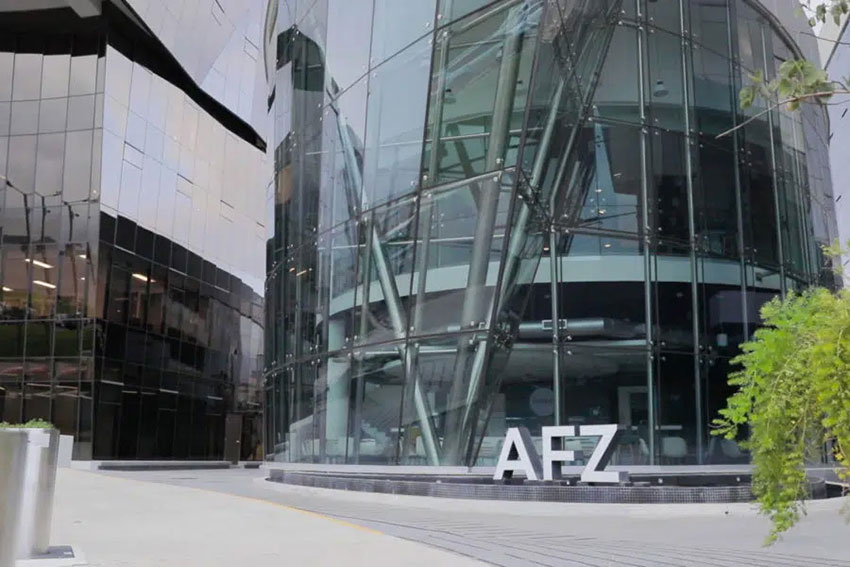3 Keys to Commercial Restroom Design: Safety, Sustainability, and Savings
Energy
Energy use goes hand in hand with water use reduction because of the energy required to pump, heat, treat and move water. Less water use means less energy use.
Strategies for reducing energy use in commercial restrooms include:
- Installing energy-efficient lighting.
- Installing high-speed, energy-efficient hand dryers, which use 80 percent less energy than conventional dryers.
The latest version of the LEED rating system for new construction heavily emphasizes energy reduction. Projects must meet minimum energy performance requirements and can earn up to 18 points by further optimizing energy performance. This equals the single largest potential credit in LEED.
Prerequisite: Minimum Energy Performance and Credit Optimize Energy Performance
This prerequisite and credit require projects to show how the building will reduce its energy use compared to a typical building. Certain high-speed, energy-efficient hand dryers may contribute to this credit as energy efficiencies associated with the dryer contribute to a reduction in proposed building energy use.
Material use in commercial restrooms concerns both the materials in the restroom and the waste generated by ongoing use. Design decisions can significantly impact the ongoing material use of a commercial restroom. For example, designing a restroom with paper towel dispensers rather than hand dryers means that for the life cycle of the restroom, the building operator must supply paper towels. This is especially concerning, given that in October 2021, the National Resources Defense Council gave several popular paper towel brands an "F" on sustainably due to their reliance on virgin paper.9 Sustainability in materials encapsulates their complete life cycle: from the extraction of raw materials to manufacturing to transportation and distribution to use to end-of-life management.
Several tools are available for selecting more sustainable materials:
The latest version of the LEED rating system for Existing buildings contains several relevant parts (called credits) related to occupant safety and satisfaction that certain high-speed energy efficient hand dryers may contribute to. Let's look at an example: The Green Cleaning credit requires spaces to conduct a Custodial Effectiveness Assessment. Certain high-speed, energy-efficient hand dryers may contribute to this credit by reducing custodial tasks, including replacing paper towels and removing paper towel waste.
The final sustainability program we will discuss is TRUE Zero Waste. TRUE Zero Waste certification program enables facilities to define, pursue and achieve their zero waste goals, cutting their carbon footprint and supporting public health.
Like LEED, TRUE Zero Waste allows projects to earn points by achieving credits across various categories. For example:
Let's explore several credits that certain high-speed energy-efficient dryers may contribute to.
The final sustainability topic in this course is indoor air quality, which directly impacts occupant health and well-being. Restrooms, in particular, contain several potential pollutants, including excess moisture and biological contaminants. And even some pollutants where you might not expect it: a study found 17 species of bacteria on paper towels. This pilot study concluded that a large number of culturable bacteria, including toxin producers, can be isolated from unused paper towels.11
"This pilot study demonstrated that a large community of culturable bacteria, including toxin producers, can be isolated from unused paper towels and that they may be transferred to individuals after hand-washing. This may have implications in some industrial and clinical settings as well as in immunocompromised individuals."
There are several strategies to improve indoor air quality in commercial restrooms, including:
Key ventilation strategies include:
HSEE Hand Dryers Support Credits in the LEED v4.1* Rating System
TRUE Zero Waste
Indoor Air Quality










